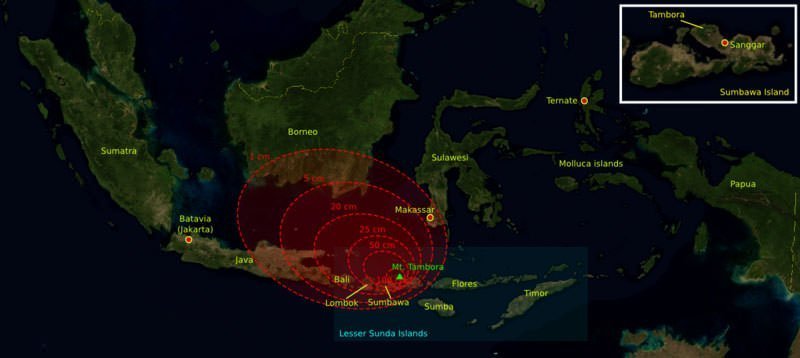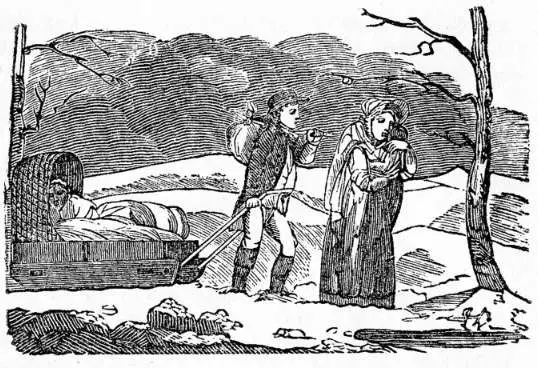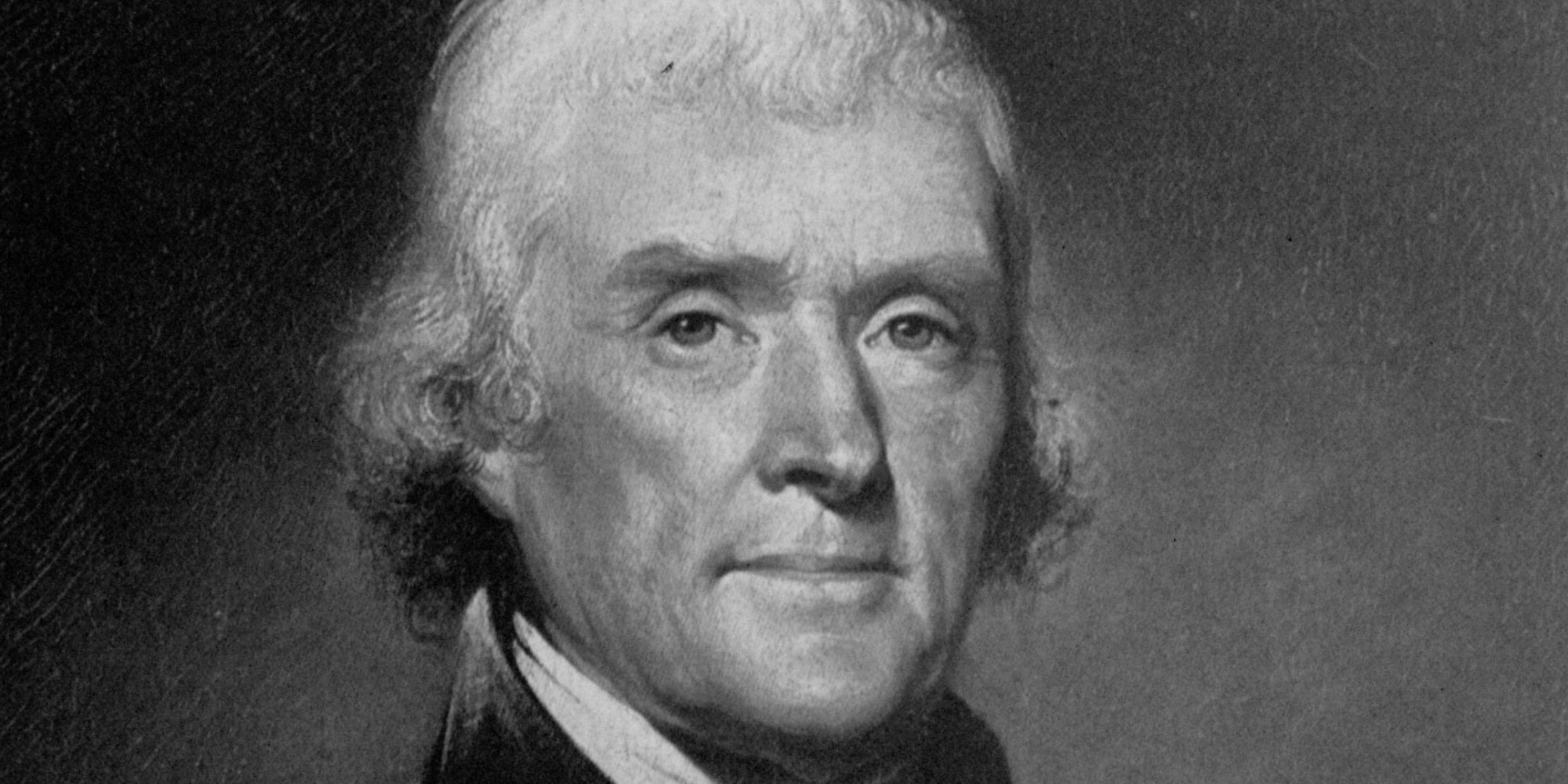The history of natural disasters is peppered with storms, floods, and even asteroids, but some of the most fascinating disasters came from deep within the Earth itself thanks to volcanoes. Eruptions like the one that buried Pompeii, Italy, are prominently featured in grade school history lessons, but few volcanoes had such a dramatic and devastating impact as that of Mount Tambora. This volcano produced such a violent eruption in 1815 that it shielded the Earth from the intense summer sunlight, leading to 1816 becoming “The Year Without a Summer.
MOUNT TAMBORA'S ERUPTION LASTED NEARLY TWO WEEKS

During the April 1815 eruption, the volcano ejected billions of tons of gas and debris into the atmosphere. Much of the heavier ash and debris fell on the islands around Tambora, but a significant amount wound up in the atmosphere, spreading around the world and partially blotting out the sun for months after the event. The eruption itself killed tens of thousands—if not hundreds of thousands—of people in the resulting pyroclastic flows, choking ashfalls, and tsunamis.
... AND WAS WORSE THAN OTHER, BETTER-KNOWN ERUPTIONS.

Indonesia is home to some of the busiest geological activity in the world. The eruption of Indonesia’s Krakatoa on August 27, 1883, is one of the most infamous volcanic disasters in recorded history, killing tens of thousands of people and affecting weather around the world for months after the eruption. However, just a few decades before it, Mount Tambora unleashed an eruption worse than Krakatoa, Washington’s Mount Saint Helens, and even Pompeii’s Vesuvius.
Tambora registered a VEI-7 on the Volcanic Explosivity Index, a metric that measures the size of volcanic eruptions on a scale from VEI-0 (non-explosive) to VEI-8 (megacolossal). Krakatoa measured a VEI-6, while Mount St. Helens and Vesuvius both rated a VEI-5.
IT CAUSED A VOLCANIC WINTER ...
We’re familiar with the greenhouse effect, where certain gasses and particulates in the atmosphere can trap heat and cause global temperatures to tick upward, but volcanic eruptions can cause the opposite effect. There are two main mechanisms for this: the first is that the particulates ejected by volcanoes can act to reflect sunlight, allowing less solar radiation to reach the surface, keeping global temperatures lower than they would be under normal conditions.

The result is a volcanic winter, similar to the much-feared “nuclear winter” that served as a major theme in 20th century science fiction. But particulates only last in the atmosphere for a couple of days. Far more important is the sulfur dioxide that also comes with eruptions. Sulfur dioxide gets converted into sulfuric acid, which then forms aerosols high up in the atmosphere that also serve to block incoming solar radiation for several years after the eruption.
. ... AND A SNOW DAY IN JUNE.

The volcanic winter that followed Mount Tambora’s historic eruption devastated communities around the world. Ironically, the volcanic winter effect was most heavily felt during the summer months, especially in eastern North America. Residents reported heavy snow falling as late as the middle of June in the northeastern United States, with one report indicating as much as half a foot of snow on June 6, 1816.
AGRICULTURE SUFFERED.
The sudden drop in temperatures wreaked havoc on agriculture around the world. In addition to heavy frosts and freezes all but destroying crops in the United States, cold and wet conditions also killed the harvest in Europe and Asia. The widespread crop failures around the world led to famine in many regions of the world, costing countless lives.
DISEASE FLOURISHED.
Not only did the eruption leave weather disasters and famine in its wake, but the combination of the two effects also produced an undesirable result: disease. The cholera epidemic that became the scourge of the 19th century likely began in the wake of Mount Tambora’s eruption, killing millions of people, but it also helped bring us much closer to modern medicine.
THE VOLCANO BROUGHT US FRANKENSTEIN.
The gloomy weather in Europe during the Year Without a Summer prevented tourists from enjoying a quiet vacation during the usually-warm months. One group of literary legends—including Percy Shelley and Mary Wollstonecraft Godwin (later Mary Shelley), Lord Byron, and John Polidori—took a trip to Lake Geneva in the summer of 1816 and wound up indoors most of the time due to the chilly, rainy conditions.

It was during this outing-turned-staycation that Mary Shelley started what became her classic novel Frankenstein; or: The Modern Prometheus, and John Polidori was inspired to write The Vampyre, which later influenced Bram Stoker's Dracula.
THE ERUPTION CAUSED EPIC SUNSETS.
Chichester Canal circa 1828 by J.M.W. Turner via Wikimedia Commons // Public Domain
Brilliant sunsets are often the result of sunlight refracting through moisture in the atmosphere, leading to vivid displays of warm colors that often balance against a darkening sky. Particulates in the atmosphere such as dust and volcanic ash can create even more vivid sunrises and sunsets, the latter causing these phenomena to linger for many months after such an eruption.

These dazzling sights often inspire wondrous paintings in the time after events like the eruption of Tambora, including the 1828 Turner painting Chichester Canal.
THE ERUPTION MAY HAVE LED TO MORMONISM.
One of the more unusual effects of the temporary climate change brought about by Mount Tambora’s eruption is that it may have indirectly led to the creation of the Mormon religion. Mormon founder Joseph Smith’s family was one of thousands that left Vermont during the freakishly cold summer of 1816.

The Smith family subsequently settled in New York, where a teenage Joseph would go on to experience the events that led to his publication of the Book of Mormon.
THE YEAR WITHOUT SUMMER HELPED GIVE US THE BICYCLE.
When crops failed as a result of the extreme weather in 1816, it wasn’t only humans that suffered without food. The failed harvests sent the price of oats soaring, making it harder and more expensive for individuals to afford to keep horses for transportation. Looking for a new way to get around, Karl Drais invented a device called a “Laufmaschine,” or a “running machine.”

The contraption is very similar to the bicycle we know and love today—instead of using pedals, however, you operated it with your feet Fred Flintstone-style.
CROP FAILURES FURTHER HARMED A FOUNDING FATHER.
We don’t normally think of leaders of the United States as individuals without money—especially in current times, it’s common for candidates to require vast personal wealth in order to seek the highest office in the land. In the early days of the United States, however, this wasn’t always the case.

Thomas Jefferson lived most of his life deeply in debt, and the summer of 1816 didn’t help. That year’s extreme weather caused Jefferson’s crops to fail for several years afterward, heavily contributing to the Founding Father’s already-considerable debt. Jefferson never recovered financially, and he lived the waning years of his life in debt that would equal millions of dollars in 2016.
THE COOL DOWN LED TO ARCTIC EXPLORATION.
Weather exists as nature’s way of trying to balance out the atmosphere. When one part of the world experiences extreme weather, somewhere nearby is often experiencing the opposite weather to balance it out. When much of the world experienced a cool-down in the wake of Mount Tambora’s eruption, the Arctic warmed up, and it warmed up enough that it cleared the sea ice and allowed British explorers to map out the area and hunt for the Northwest Passage.
CROP FAILURES LED TO AN OPIUM BOOM.
One of the major causes for the drug trade around the world is poverty—when there’s no other way to make money, selling drugs is a profitable draw for many people. After the crops failed in 1816, farmers in places like China were forced to begin growing opium in order to make money. This opium production led to a boom in the opium trade that still exists today.
THE ATMOSPHERE QUICKLY RECOVERED.
Thankfully, such a dramatic change in global climate didn’t last very long. The effect of the global cooldown only stuck around for a couple of years after the eruption. Once the particles in the atmosphere began to mix out and settle back to the surface, the amount of solar radiation reaching the surface began to return to normal, allowing weather to mostly return to normal around the world.
IT COULD HAPPEN AGAIN (BUT PROBABLY WON'T IN YOUR LIFETIME).
The proliferation of television shows depicting doomsday scenarios of “supervolcanoes” erupting has led to concern that we’re at risk for another eruption on the scale of Tambora (or even larger). The USGS says that the risk of an eruption at the much-discussed Yellowstone Caldera, for instance, is exceedingly small, many fractions of one percent per year. If we were to experience an eruption like Tambora in modern times, the results would be catastrophic.

The global population has dramatically risen by billions of people over the past 200 years, and the consequences of such an eruption occurring in modern times would lead to unimaginable death and devastation. In addition to the eruption itself, simple activities like air travel would grind to a halt as volcanic ash can seize jet engines and cause planes to crash. The global climate change would result in outbreaks of famine and disease practically unseen in modern times.
Source : The Mental Floss | Huffington Post | Nature | Wikipedia



















